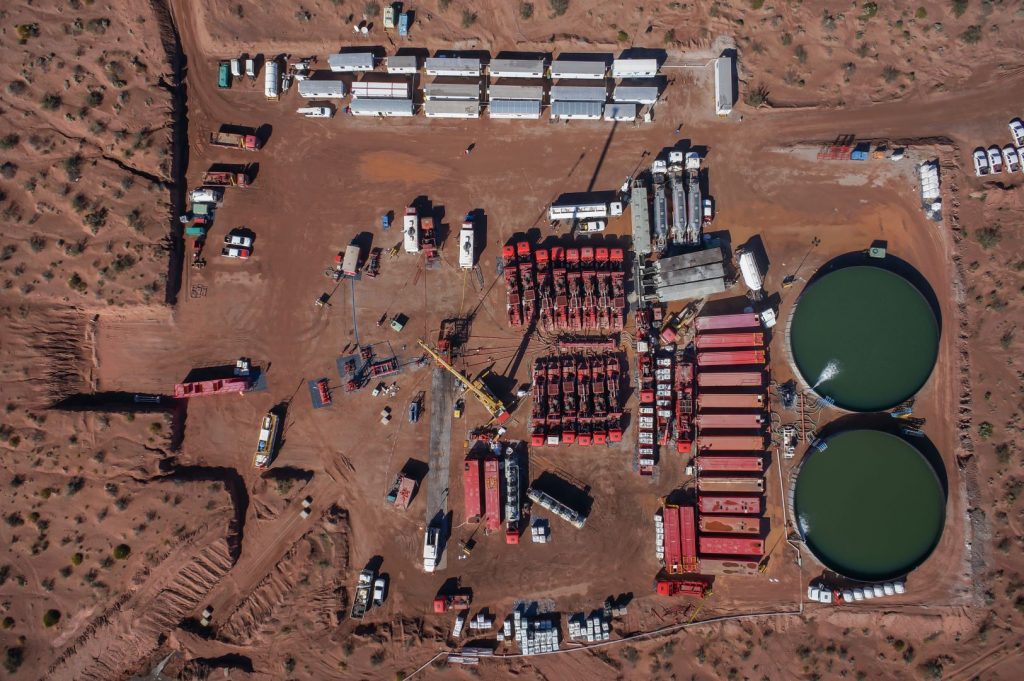Revolutionizing Hydraulic Fracturing: A Leap Forward with Physics-Informed Neural Networks
In the ever-evolving world of energy extraction, the race towards more efficient and environmentally responsible methods is relentless. Recent breakthroughs in hydraulic fracturing technology have opened up new frontiers in the optimization of hydrocarbon extraction. Our latest approach leverages the power of Physics-Informed Neural Networks (PINNs) integrated with 3D fracture modeling, marking a significant advancement in the field.
Bridging the Gap with Bayesian Networks
The core of our innovative strategy involves a unique workflow that employs Bayesian networks to seamlessly connect detailed fracture treatments with accurate production forecasts. By synthesizing fracture geometry with reservoir simulation, this method allows for a more precise prediction of the fracture dimensions—critical factors that directly influence the efficiency of hydrocarbon extraction.
The Role of PINNs in Hydraulic Fracturing
Physics-Informed Neural Networks (PINNs) form the backbone of our new modeling approach. These networks are designed to incorporate and respect the physical laws governing hydraulic fracturing processes. By inputting parameters such as formation pressure, injection pressure, fluid volume, and geomechanics, the PINNs predict essential fracture characteristics like width and half-length. A specially tailored architecture ensures that these predictions are not only accurate but also adhere strictly to the underlying physical principles.
Enhancing Predictions with Real-World Data
Our model’s credibility is further enhanced by the incorporation of real-world data from Loving County, TX. This data enables the calibration of our models to reflect regional behaviors accurately, thereby improving the predictiveness and reliability of the production forecasts. The integration of Bayesian networks allows us to merge prior knowledge with real-time observational data, optimizing our predictions and refining our models continuously.
Auto History Matching and Model Refinement
An auto history matching process is another pivotal component of our workflow. This process involves refining the initial fracture geometry using existing data, thereby enhancing the model’s accuracy. The refined fracture estimates are crucial for further tuning and ultimately lead to better predictive performance and operational efficiency.
Implications and Future Directions
The implementation of this advanced technology not only enhances the efficiency of hydraulic fracturing but also has significant implications for the environment and resource management. By enabling more accurate and efficient extraction methods, we can reduce the environmental footprint of drilling operations and improve the overall sustainability of hydrocarbon extraction.
This framework provides a robust solution for integrating the treatment of hydraulic fractures with oil-gas production history. The insights gained from this integration are invaluable, offering a deeper understanding of the reservoir’s behavior in response to fracturing treatments. Ultimately, this leads to the identification of optimal completion parameters that maximize economic recovery rates (EUR).
As we continue to refine these technologies, the potential for further advancements in the field remains vast. The ongoing integration of machine learning and physics-informed modeling promises to unlock new possibilities in not only the energy sector but in numerous other industries where complex physical processes need to be optimized.
Stay tuned as we explore these exciting developments and their implications for the future of energy extraction.

